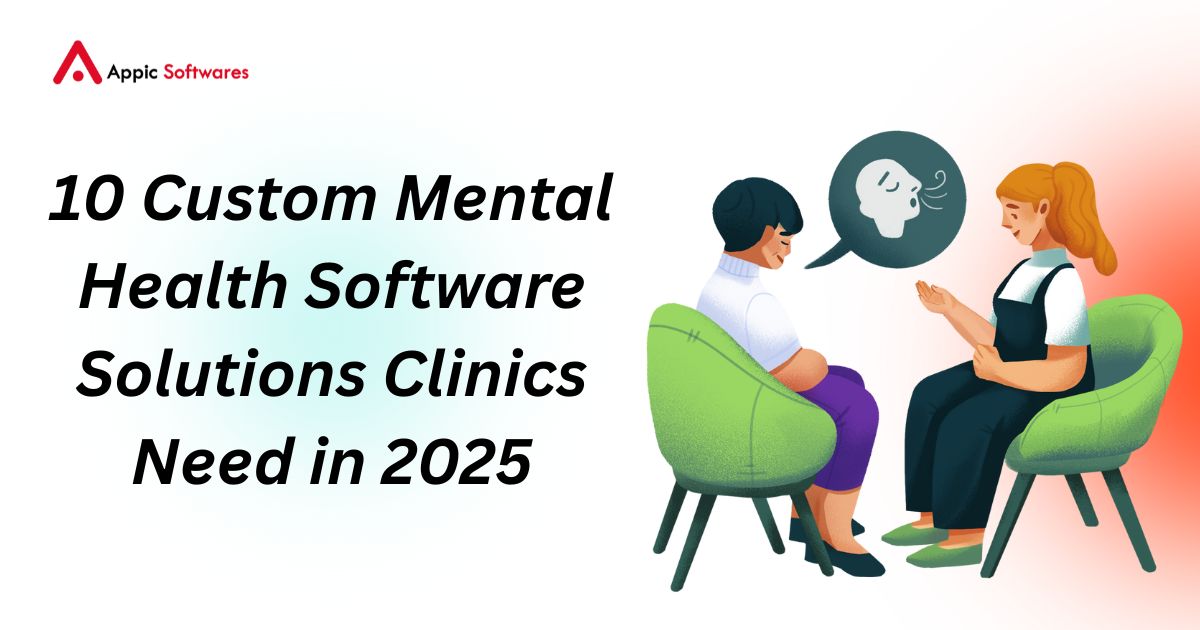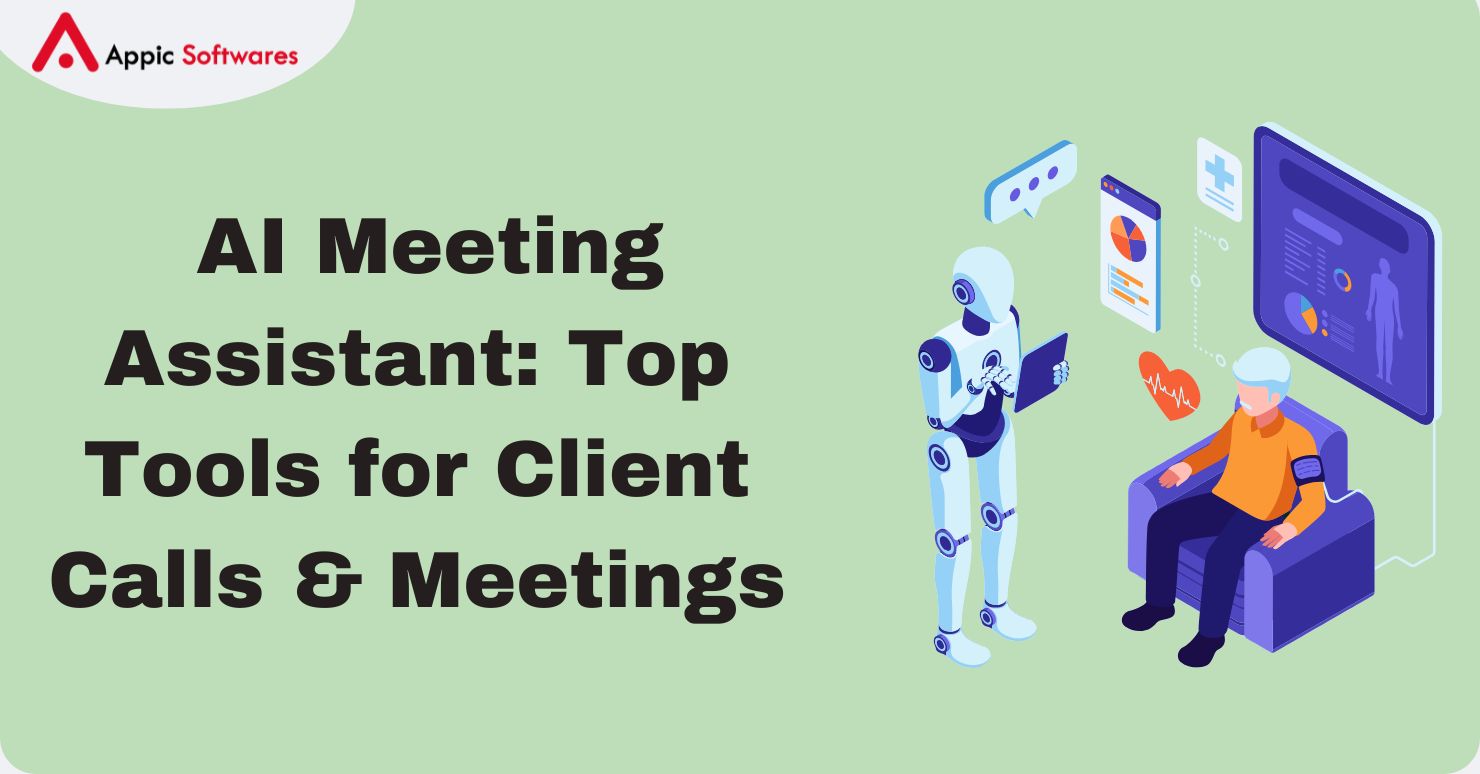
With the rise of artificial intelligence (AI), machines are now capable of undertaking different tasks that used to require human intelligence. AI has shaken up countless fields of work, and among all of the other AI systems, reflex agents perform a set task without a human’s involvement. When an AI agent is required to autonomously make rapid and effective decisions, reflex agents can perform those tasks.
Businesses and developers should be familiar with the costs of building reflex agents in AI to take advantage of particular technologies. Many variables come into play, including the level of intricacy of the agent and the tools, resources, and knowledge available. This article goes in-depth about reflex agents, their applications, the development and building processes of the agent, types of AI agents, and the associated costs.
What Are Reflex Agents In AI?
A reflex agent in AI is a self-sufficient system made up of an agent capable of responding to environmental stimuli without having an internal state. The agent acts according to specified rules that associate certain stimuli from the environment (percepts) to predetermined actions (responses). Devoid of memory or sophisticated decision-making systems, this class of agents can only perform simple actions to stimuli.
There are two main types of reflex agents:
- Simple Reflex Agents: These agents operate on condition-action rules. They do not retain any information from prior activities. Each agent observes their environment and responds instantly. Anticipated outputs are a result of specific inputs for these agents. These agents work well where environments are clearly defined, and goals are simple.
- Model-Based Reflex Agents: These are slightly more complex than simple reflex agents. They maintain state information, which helps them deal with more complicated scenarios. Like the first type, they track how the surroundings move and change over time.
Reflex agents are not limited to robotics or automated systems. They are also used in various systems where efficiency and time are of the essence.
What Are The Usecases Of Reflex Agent In AI?
Immediate and rule-based scenario decision-making is one area where reflex agents excel. These systems are not restricted to a single sector of the economy. Automation, cybersecurity, smart systems, and robotics are just among the many industries where such systems can be employed. Some of the reflex agents in AI examples are:

-
Automated Traffic Control Systems
One of the most common examples of reflex agents is in traffic systems. These systems operate independently and change traffic lights depending on how busy the road is to minimise traffic jams.
-
Spam Filtering Mechanism of Email Services
People who provide email services have reflex agents to manage and filter spam messages. Complex calculations based on some complex heuristics are unnecessary because the system automatically filters out spam words, links, and attachments, categorizing them as spam.
-
Robot Vacuum Cleaners
Manufacturers now equip most modern vacuum cleaners, such as the Roomba, with basic reflex agents that allow them to move around and clean specific areas. The agents differentiate between dirt or obstacles and adjust their actions accordingly.
-
Autonomous Security Systems
Cybersecurity is another simple reflex agent in AI example that performs attack detection by checking network usage patterns and recognising irregularities and anomalies.
-
Industrial and Manufacturing Automation
In industrial settings, robotic arms and conveyor systems with reflex agents operate instantaneously in response to sensor signals. This improves production efficiency and reduces human involvement in the job.
How Much Does It Cost To Develop Reflex Agents In AI?
The AI agent development costs are broken down to reflect the team needed to develop the reflex agent, the hardware and software, the data, the cloud infrastructure, and the software testing. Here is a summary of estimated expenses:
| Development Component | Estimated Cost (USD) | Details |
| Requirement Analysis & Planning | $1,500 – $5,000 | Defining AI objectives, rules, and architecture. |
| AI Model Selection & Training | $3,000 – $15,000 | Implementing rule-based or ML-driven reflex agents. |
| Algorithm Development | $5,000 – $20,000 | Coding perception-action mechanisms. |
| Data Collection & Processing | $2,000 – $10,000 | Gathering and cleaning data for AI training. |
| Testing & Debugging | $2,000 – $10,000 | Ensuring model accuracy and efficiency. |
| Deployment & Integration | $3,000 – $15,000 | Integrating AI into software or systems. |
| Cloud & Infrastructure Costs | $1,500 – $8,000/month | Hosting AI models on AWS, Azure, or GCP. |
| Maintenance & Support | $2,000 – $10,000/year | Model updates, bug fixes, and retraining. |
An emerging startup building an essential reflex agent needs basic infrastructure and a full-stack team, which would cost approximately $10,000-$80,000 yearly, while geo-distributed teams working on bigger enterprise-level projects would effortlessly surpass this range.
Determining the Expenses Incurred When Creating Reflex Agents In Artificial Intelligence
Reflex agents are common in AI applications to enable automation, enhance productivity, and minimize user interaction. The cost of implementing and developing these agents varies widely as it depends on several factors, such as the personnel skills, custom software or hardware, and even the infrastructure pulling and combining these systems. While simple reflex agents in AI are more inexpensive, model-based reflex agents tend to command a much larger price, especially those applied in enterprises.
This article examines the most important cost aspects to consider when developing reflex agents and categorises the costs into data acquisition costs, software, infrastructure, testing, deployment, and hardware spending.
Costs Of Collection And Processing Of Data
For reflex agents in AI to achieve the greatest level of intelligence, they must collect and preprocess a lot of data. The cost of data collection varies in every industry in terms of its complexity, the methods used, and the energy expended.
Data Acquisition And Storage Costs
Data Acquisition: $50,000 – $5,000 (all-inclusive in terms of the market and data complexity)
Labeling And Annotation: $100,000 – $10,000 (in models that utilize supervised learning)
Storage Solutions: $10,000 – $1,000 Annually (on-premise and cloud-based solutions)
Data Cleansing And Processing: $30,000 – $5,000 (an absolute necessity to training a high-performing AI model)
Costs Of Internal Infrastructure and SaaS
Operating many AI projects requires cloud-based infrastructure, which is partnered with SaaS AI development trends, to ensure scaling and efficiency.
Costs of Infrastructure and Software
- AI Development Frameworks (Like OpenAI, PyTorch, and TensorFlow): $100,000 – $10,000 Annually
- Cloud Servers (Google Cloud, Azure, and AWS): $100,000 – $10,000 Annually
- Custom Software Development: $500,000- $50,000 (varies heavily with complexity and customisation)
- Third-Party AI API Licensing Fees: $50,000- $5,000 per year
What Is The Process To Develop A Reflex Agent in AI?
Like any other agent, developing a reflex agent in AI requires a professional and systematic process to achieve the task accurately and promptly. The development process can be summarized as follows:

Step 1: Identifying the Problem and Understanding the Requirements
Step 2: Gather Data and Process Information
An agent’s past interactions are crucial in determining which actions to take under specific conditions. Developers refine and utilize the captured data to help the agent make well-informed choices based on the available environmental factors.
Step 3: Condition-Action Sequence Creation
An agent operates on a set of pre-established rules. These rules ensure that an agent can receive certain inputs and consistently produce a specific output.
Step 4: Integration and Putting It Live
Developers will integrate the reflex agent into an AI framework like TensorFlow or PyTorch to ensure it performs tasks in different environments. At this stage, they also consider integrating other corporate systems.
Step 5: Monitoring, Analysis, and Improvement
Developers perform extensive simulations, tests, and physical trials on the reflex agent to analyze its performance and apply techniques to improve it and reduce errors.
Step 6: Implementation and Follow-Up Adjustments
After optimization, developers place the reflex agent in the environment and monitor the system to verify its correct functioning, making changes as needed.
Summary
Creating a reflex agent in AI entails several costs depending on the application’s intricacy level. While simple reflex agents for task automation are much easier and cheaper, model-based reflex agents for enterprise applications require a sizable investment in infrastructure, data processing, and AI model creation. With knowledge of these costs, Appic Softwares can strategically choose to deploy reflex agents for increased automation and efficiency with minimal human engagement. Whether the purpose is to develop a simple task automation tool or a complex AI system, careful planning and costing must be done by an AI agent development company to ensure successful deployment.
FAQs
1. What is a reflex agent in AI?
A reflex agent acts solely based on rules and does not possess an internal state, thus making it an AI system that lacks reasoning. It responds to stimuli through condition-action pairs.
2. How much does it cost to develop a reflex agent?
The cost of developing a reflex agent robot ranges from $10,000 to $500,000. An advanced model-based reflex agent intended for enterprise aides usually costs more.
3. What are the key cost factors in building a reflex agent?
The dominant cost factors are acquiring the data, licensing the software/AI framework, paying for the hardware, testing, deploying, and continuously maintaining the system.
4. Is cloud computing necessary for reflex agents?
Designing cloud-computing programs is not compulsory, but they add extra scalability and flexibility, which enterprises prefer in applications.
5. How long does it take to develop a reflex agent?
With the troubles and expenses that come with developing an entire enterprise-level agent, the development could take a year or longer. Relatively, developers can create basic reflex agents in a matter of months.
6. What industries use reflex agents?
Reflex agents boost automation and efficiency in robotics, finance, healthcare, manufacturing, and customer care services.








